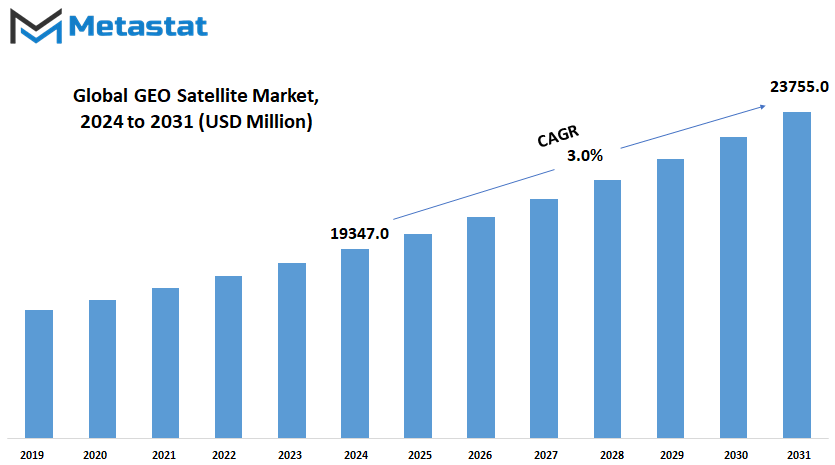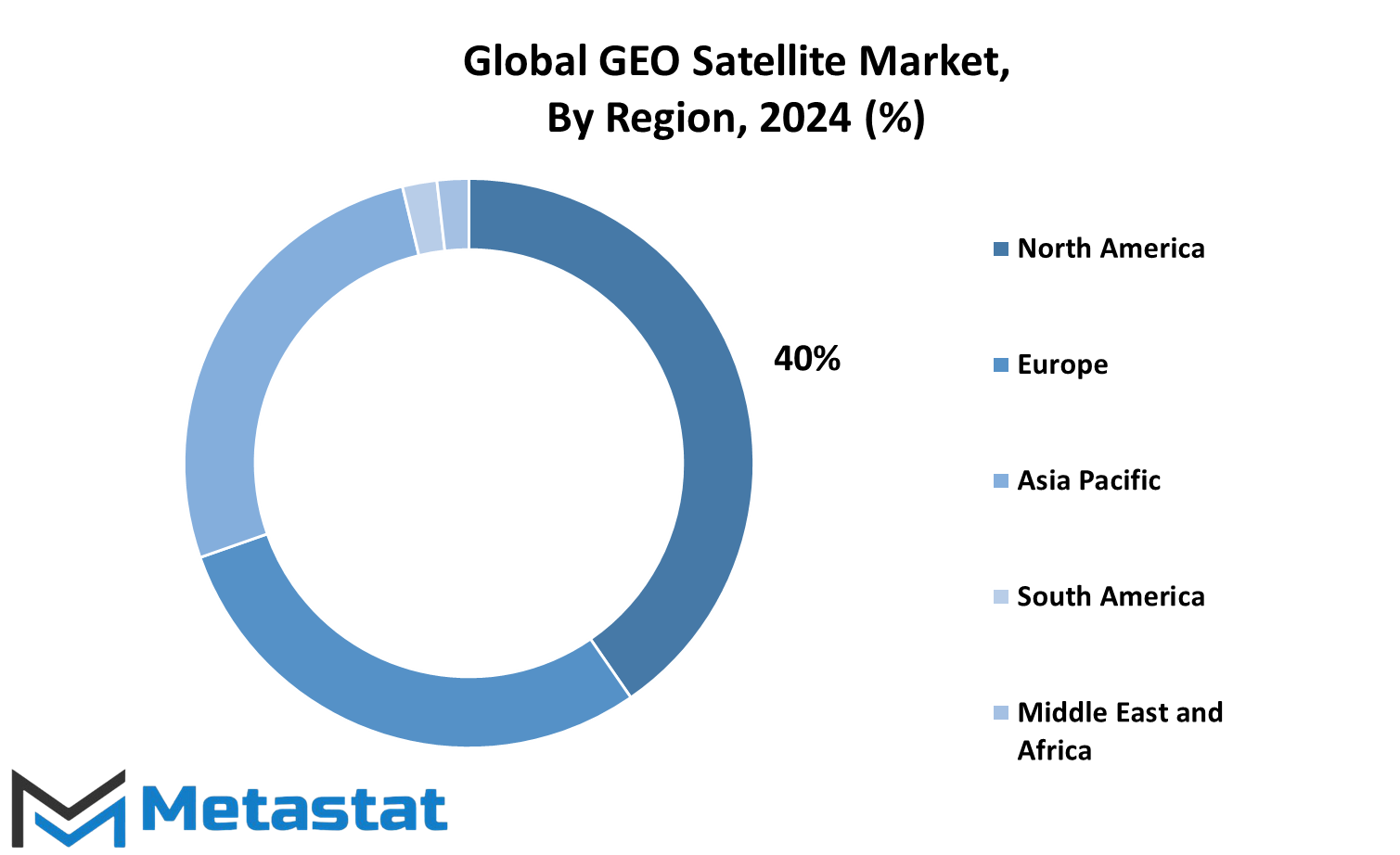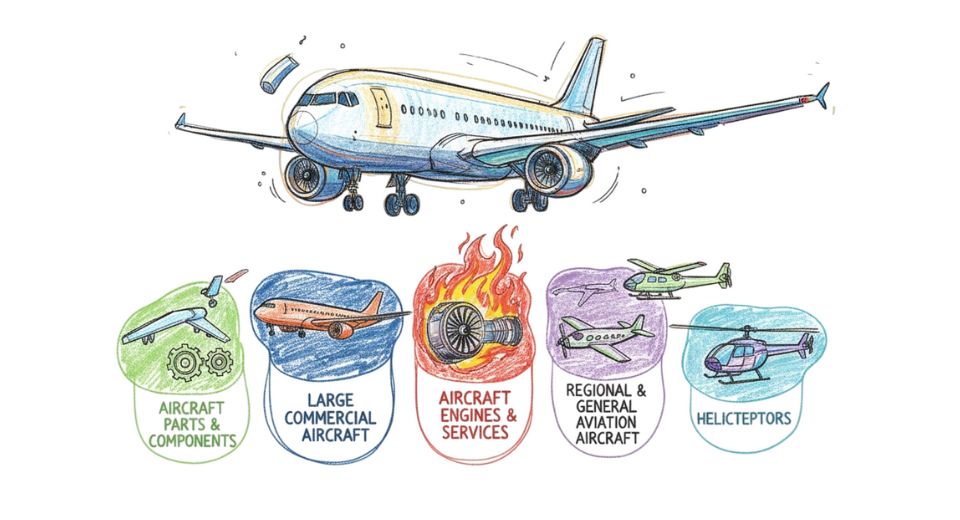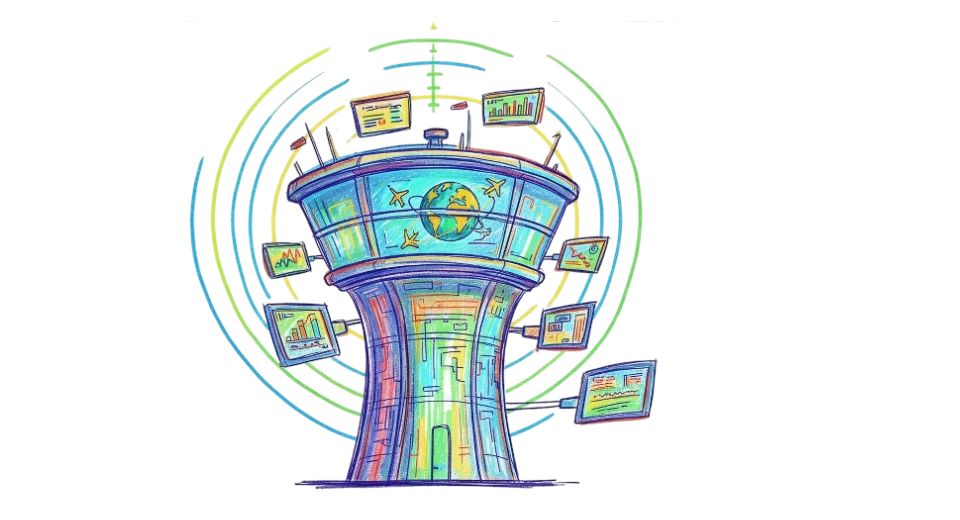MARKET OVERVIEW
The Global GEO Satellite market is a very dynamic industry driven by growing demand for reliable satellite communication and advanced Earth observation capabilities. GEO satellites orbit the Earth at an altitude of around 35,786 kilometers above the equator and thus provide uninterrupted coverage of wide geographical areas. Such strategic positioning allows these satellites to offer non-stop services in communication. With this, the applications of these satellites stretch beyond but do not restrict themselves solely to telecommunications, broadcasting, reporting of weather updates, and military operations. Along with the advancement of the world relying on data-driven technologies, so is the Global GEO Satellite market importance covering more areas.
GEO satellites primarily serve the needs of the communication industry, and much of the global communication networks would not be possible without these satellites. Data can be transmitted from one continent to another using satellite-based communication systems allowing for mobile phone networks as well as satellite internet and television services in many countries. The more and more devices get connected, the demand for faster internet in rural and underdeveloped areas will create greater demand for GEO satellite services. This is particularly in areas where the terrestrial infrastructure remains scarce or nonexistent.
Additionally, GEO satellites play a very important role in weather forecasting and environmental monitoring. Its unique position allows the satellites to get high-resolution images and real-time data, which are used in monitoring climate patterns and tracking natural disasters for improvement in early warning systems. Advanced satellite technologies are investment areas for governments and private enterprise to improve their related capabilities in predicting and responding to environmental challenges. Advanced satellite solutions are much needed in further supporting these efforts to provide continuous and reliable data.
Another very critical application of the Global GEO Satellite market is in the area of national defense and security. GEO satellites provide the governments and defense organizations with secure communication channels, surveillance capabilities, and other forms of intelligence gathering. To be able to maintain constant surveillance over large areas, border regions, and even potential conflict zones makes such satellites priceless in defense strategies. When these changing tides of geopolitics are encountered, the need for strong satellite-based intelligence and communication systems will be more felt, further propelling the Global GEO Satellite market.
Apart from the communication and defense, media and broadcasting also make use of GEO satellite technology. These satellites are being relied upon by the broadcasting companies to carry millions of homes around the world television and radio signals. The desire for high-definition and 4K broadcasting has become a major driver in increasing requirements for more complex satellite technology that's able to carry larger data streams, which will culminate in next generation GEO satellites deployed to feed the increased demand from consumers for better quality content.
The next trends of innovation will continue to shape the Global GEO Satellite market. Companies and governments are looking at new, efficient, cost-effective, and advanced technologies in solutions. Some of these trends include miniaturizing satellites, reusable launch systems, and advanced propulsion methods. These innovations may reduce the cost of launching and operating a GEO satellite and make satellite-based services more accessible to a wider group of industries and users.
The Global GEO Satellite market is to remain long term in relevance because it remains abreast of what industries need - telecommunications, defense, media, and weather forecasting. Being the development of technology inside satellites and the necessity of reliability in communication and observation systems, this market will be a vital facilitator for global connectivity and data-driven solutions for quite some time ahead.
Global GEO Satellite market is estimated to reach $23755.0 Million by 2031; growing at a CAGR of 3.0% from 2024 to 2031.

GROWTH FACTORS
The growth prospects of the Global GEO Satellite market are expected to be extremely impressive over the next few years. High-speed internet connectivity, especially in remote and underserved areas, is one of the key drivers of demand. Most of the world still has limited accessibility to reliable broadband services, while GEO satellites offer a promising solution. These satellites will allow internet services to be served through regions where deploying fiber-optic infrastructure is not economically or logistically possible. This demand for better communication infrastructure is in massive growth and, therefore, also is leading to increased growth of the market.
With a further increase in the use of satellite-based communication and broadcasting services, the Global GEO Satellite market is significantly augmented by the said factor. With the tremendous proliferation of digital content consumption and devices getting online, demand for broadcasting services has also reached new heights. In this regard, GEO has served as a lifeline, supporting on-going coverage in vast geographical expanses. This trend of applying satellite communication to television broadcasting, weather forecasting, and even military purposes will continue to fuel demand and call for market expansion.
However, the global GEO satellite market faces some setbacks that may slow down this development. Firstly, the initial investment for the development and launching of such satellites is quite steep. Manufacturing space infrastructure, launching services, and even ground infrastructure needed are expensive propositions that might burden smaller companies or emerging markets. Along with this, regulatory requirements, allocation of spectrum, add to the headaches. Some of the limitations that may slow market growth are the limited number of radio frequencies for satellite communication and strict regulations in various regions.
Despite these challenges, the future of the Global GEO Satellite market continues to shine bright and will be strongly supported by its extension in the satellites-based Internet of Things services. IoT devices are being spread around the world in a wide variety of applications, which demands wider networks and reliable connectivity for the linked machines to work together efficiently. GEO satellites can provide such connectivity, where real-time data transmission and monitoring would be possible for applications like smart agriculture, remote industrial operations, and environmental monitoring. It once again opens up very good opportunities in the market years ahead.
In general, this will be an era of growth in the global market for GEO satellites, as there is increasing internet connectivity and the adoption of satellite-based services. The issues of investment cost and regulatory concerns can act as deterrents in growth, but there's every sign that growth in the future will be strong, with the many strengths being delivered through IoT applications.
MARKET SEGMENTATION
By Satellite Mass
Recent years have seen significant growth and alteration in the Global GEO Satellite market. With technology moving forward and the need for satellite services mounting, this market is becoming increasingly important to a wide range of industries: communications, weather forecasting, and global positioning systems, to name but a few. One of the primary characteristics of the Global GEO Satellite market involves categorizing satellites by mass. This stratification falls in the category of 100-500 kg, 500-1000 kg, and above 1000 kg. Every category performs a different role, and it has to meet various needs of users that are spread all over the world.
Satellites of 100-500 kg range are usually built for various purposes such as communication and Earth observation. Generally, it is less expensive to manufacture and launch such satellites, so it appears attractive to recently emerging companies and countries competing to develop their technological capacity. The prospects for this weight category of satellites are likely to continue going up with growing demand for satellite services. Next, the entry of more players into the Global GEO Satellite market will be easier as innovations in manufacturing and launch technology cut down on the costs.
Satellites weighing between 500-1000 kg have tended to offer much advanced capabilities. Satellites that fall in the weight range often provide a high resolution along with good data transmission required in applications such as disaster management, environmental monitoring, and precision agriculture. The future of this category should be more emphasized as countries and organizations continue trying to utilize satellite data in better decision-making. More investments in larger satellites are expected to rise with the advancement of technology, thus more complex missions, and improved functionalities.
Satellites with masses greater than 1000 kg are large with superior instrumentation suited for high-demand applications such as broadband internet and HD television. This will be the scope of the Global GEO Satellite market, growing in both developed and developing nations that seek global connectivity. The demand for these larger satellites would rise as advances in technology improve design and construction efficiency.
With such technological advancements, the Global GEO Satellite market will be expecting a large-scale growth rate in the near future. More and more applications for diverse purposes are opening doors to improve demand. With a cut-through view of all the above characteristics, the segmentation of the satellite by its mass will be key to determining how efficiently these satellites meet the demands of different industries. The future is going to see the combination of innovation and accessibility in a way that satellite technology will shape us for decades to come.
By Application
The global GEO satellite market is primarily propelled by advances in technology and by growing demand in various fields. When we look forward to the next few years, this market’s scope is likely to grow further, characterized by essential applications in telecommunications, earth observation, navigation, space observation, and other functions. Each of these functions is critical to our day-to-day lives, thus giving new meanings to the potential uses of GEO satellites.
To start, the most crucial application of GEO satellites lies in telecommunications. They play a decisive role in ensuring connectivity for voice and data communications, where it may not be possible through terrestrial networks. A growing demand comes with high-speed internet and mobile connectivity especially within the increasing number of smart devices. With this trend, the role of GEO satellites in reliable communication will only increase. Companies are making a lot of investments in satellite Technology, ensuring they cater for the needs of the consumers and the businesses as well.
Other significant applications included earth observation in the Global GEO Satellite market. Advanced onboard sensors on satellites could offer critical data relevant to climate monitoring, agriculture, and urban planning. It is therefore even more important to collect real-time information regarding our environment as climate change becomes an increasingly pressing issue in this world. Such information would form the basis on which governments and organizations make meaningful decisions that can lead to sustainability and better disaster response strategies.
Along with the above factors, navigation is also an important characteristic of the Global GEO Satellite market. The navigation system which depends on a network of satellites around the Earth for accurate positioning is nowadays impossibly popular worldwide for both personal and commercial use. With this, a broad interconnection of the globe, the demand for more precise navigation systems will occur, thus requiring advancements in satellite technology that will facilitate better accuracy and reliability.
Space observation has been covered more attention by scientific communities, which brings knowledge about our universe. Telescopes placed in satellites take pictures of other celestial bodies and send data back to Earth that helps to understand the vast expanse of space and the cosmos. Without doubt, greater knowledge of space will spur the Global GEO Satellite market with every new mission and discovery achieved, which would draw upon the sophisticated technology of satellites.
In short, this is the Global GEO Satellite market, which is set to witness phenomenal growth in many of its applications. As telecoms, earth observation, navigation, and space observation technologies advance, they are bound to become crucial levers of change for the future of mankind. This will yield not only enhanced connectivity and data capture but also innovation, which is a facilitator of progress in a multitude of sectors. The future of the Global GEO Satellite market appears bright, ready to enhance and advance the way we live by enlightening our knowledge of the world around us.
By End User
The Global GEO Satellite market should witness a high growth rate because of increasing demands for satellite services in various industries. As the technological advancement continues, the applications and capabilities of geostationary satellites keep growing with new business opportunities that allow scope for multiple departments of government. This understanding of diverse end users creating this market can give insight into how it would evolve and keep on changing to meet new needs.
Commercial Sector The very first commercial segment of the Global GEO Satellite market would consist of businesses that realize the value that satellite technology can be utilized to make an improvement in its operations. Telecommunications, Broadcasting, and Internet Services Industries invest heavily into satellite infrastructure so that these areas would be connected. This will not only increase the reach of service delivery but also help in boosting economic growth as it will open up markets that were unreachable for the businesses previously. The commercial market segment will keep expanding with more and more companies starting to turn to satellite technology in order to satisfy their communication and data needs.
Market segments, the Global GEO Satellite market is once again dominated by the government and military sector. Some government systems continue to use satellite technology for national security, surveillance, and disaster management operations. Military applications of geographical sensing provide vital information for intelligence gathering and communications aimed to provide security and efficiency in operations. As the geopolitical tension increases and secure network communication becomes more important, defense agencies’ investments in GEO satellites are expected to mushroom. This will increase the military operation abilities while reducing the time taken to respond to emergencies and, thus, defines the significance of this sector in the marketplace.
Others, for example, will include education institutions and research organizations, which will also increase in the Global GEO Satellite market. These kinds of organizations use satellite data to gain insights into such types of research as climate studies and environmental monitoring. As the value of gaining access to such insights will continue to gain value, so the demand for their usage in the services of satellites will increase further.
The Global GEO Satellite market will continue to rise as it caters to the new needs of a multi-faceted user base. Rising commercial, government, military, and educational sectors are bound to utilize satellite technology, making for a bright future for the market. Innovative solution delivery and stable services by the market will be crucial to continued growth, ensuring that it covers the demands of a technologically advanced world.
|
Report Coverage |
Details |
|
Forecast Period |
2024-2031 |
|
Market Size in 2024 |
$19347.0 Million |
|
Market Size by 2031 |
$23755.0 Million |
|
Growth Rate from 2024 to 2031 |
3.0% |
|
Base Year |
2022 |
|
Regions Covered |
North America, Europe, Asia-Pacific Green, South America, Middle East & Africa |
REGIONAL ANALYSIS
The GEO satellite market in the global region is on the surge and with a shifting change; there is a whole lot of regional specificities that would present the future. Geo satellite market can look at it with a geographical lens so that we can identify different trends and opportunities in the various regions of the world.
The GEO satellite market in North America is very strong, consisting of the United States, Canada, and Mexico. Advanced technological development and significant investments in space exploration and satellite communication characterize this region. The U.S. leads in innovation and deployment, with attention to improving connectivity and broadening satellite networks to meet commercial and governmental needs. This region is set to continue dominating due to the continued advancements in technology in satellites, especially within high-throughput satellites that promise to revolutionize data transmission rates.
In the case of Europe, it includes countries like the UK, Germany, France, and Italy, all of which continue showing intent to enlarge their capabilities in the GEO satellite sector. The reason lies within the importance of the European Space Agency's undertaking on collaborative projects while keeping European nations competitive worldwide. Here, focus is on an integration of satellites with new technologies, environmental monitoring, and climate change research areas that will enlarge the reach and potentially double the benefits for those applications.
The GEO satellite market is rapidly growing in Asia-Pacific, which includes India, China, Japan, and South Korea. The respective countries are contributing a lot of money to the development of satellite technology to provide support to their communication infrastructures as the demand for connectivity is high and increasing. China is ambitious with the new space program, and India is getting very well recognized for its low cost space missions, including the innovations brought about by the satellite launch. With the improvements in their satellite capabilities, it will likely end up being the case that these countries end up being key players within the global market.
In South America, Brazil and Argentina are starting to be much more aggressive in discussing the merits of GEO satellites. There is still very limited existing infrastructure and therefore plenty of opportunity for growth. The investment in the technology via financial decision-making as well as governmental support will also prove to be a huge driver of this market.
The Middle East and African geography of the GEO satellite market, consisting of countries such as the GCC states, Egypt, and South Africa, constitutes a unique landscape. The increasing demand in this region is for satellite services, needs for which arise from the sectors of telecommunications, broadcasting, and emergency response systems. As regional economies grow with improvements in the potential of its technological capabilities, investment in satellite systems with support for the differing sectors should be more highly considered.
In a nutshell, regional developments and investments will determine the future of the global GEO satellite market. Each region possesses particular opportunities that shall lead to the required technological advancement in the scope of service as long as developed adequately. As these regions expand on their satellite capabilities, they shall become great contributors to the interconnected world and industry support.

COMPETITIVE PLAYERS
Global GEO Satellite market has shown rapid growth over the last few years. This is due to the increasing demand for satellite communication services and technological upgradations. These satellites belong to the market of geostationary orbit satellites, or simply, satellites that remain at a fixed position relative to some point on Earth, allowing assured and consistent communication. Seamless connectivity among various sectors like telecommunication, broadcasting, and data transmission has become vital. With the rise in the industries and the change in the digital environment, the development will be more dependent on GEO satellites, which promises much action and excitement in this industry.
The major players in the Global GEO Satellite market include Airbus SE, Intelsat, Lockheed Martin Corporation, Maxar Technologies Inc. besides others, who are at the helm of this growth. Heavy investment in the R&D of these companies to innovate and uplift their satellites. For instance, the satellite technology developed by Airbus SE involves advanced designs that ensure good signal quality and coverage. Intelsat is perhaps more known for the large GEO fleet of satellites it offers for worldwide communication services. Lockheed Martin Corporation depends on its aircraft and space knowledge and uses that to design robust satellite systems that can withstand the space environment under even the worst conditions.
New entrants' initiatives, such as those by Viasat, Inc., Northrop Grumman, and ABS Global, should not be overlooked. These firms are seriously expanding the offerings of satellite services and improving infrastructure. For instance, Viasat places a great emphasis on high-speed internet connectivity because it uses GEO satellites to reach under-served regions, thus reducing the digital gap. Other significant contributors include Al Yah Satellite Communications Company PJSC or Yahsat and Avanti Communications Group plc through a wide variety of satellite services in improving their communication capabilities in different markets.
Looking ahead, into the future, the Global GEO Satellite market will grow in accordance with increased demand for satellite-based solutions. Satellites continue to become better-designed and built with innovations in design and technology being key improvements in capacity, efficiency, and reliability. Hughes Network Systems, Boeing Satellite Systems, and Thales are leaders in this evolution, creating advanced satellite systems that can support growing data traffic and new applications.
Generally, with the major players of this market combining efforts to innovate and cooperate to meet the rising demands for communication, this Global GEO Satellite market is in an excellent position to flourish. The collaboration between established companies and emergent players will outline the route through which satellite technology gradually becomes the important phenomenon of connecting and sharing information across the globe. This will strengthen existing services but also provide new prospects in respective sectors, through which satellite communications would continue to act as the backbone of modern society.
GEO Satellite Market Key Segments:
By Satellite Mass
- 100-500kg
- 500-1000kg
- Above 1000kg
By Application
- Telecommunications
- Earth Observation
- Navigation
- Space Observation
- Others
By End User
- Commercial
- Government & Military
- Others
Key Global GEO Satellite Industry Players
- Airbus SE
- Intelsat
- Lockheed Martin Corporation
- Maxar Technologies Inc.
- Viasat, Inc.
- Northrop Grumman
- ABS Global
- Al Yah Satellite Communications Company PJSC (Yahsat)
- Avanti Communications Group plc
- Hughes Network Systems
- Boeing Satellite Systems
- Thales
WHAT REPORT PROVIDES
- Full in-depth analysis of the parent Industry
- Important changes in market and its dynamics
- Segmentation details of the market
- Former, on-going, and projected market analysis in terms of volume and value
- Assessment of niche industry developments
- Market share analysis
- Key strategies of major players
- Emerging segments and regional growth potential














 US: +1 3023308252
US: +1 3023308252






